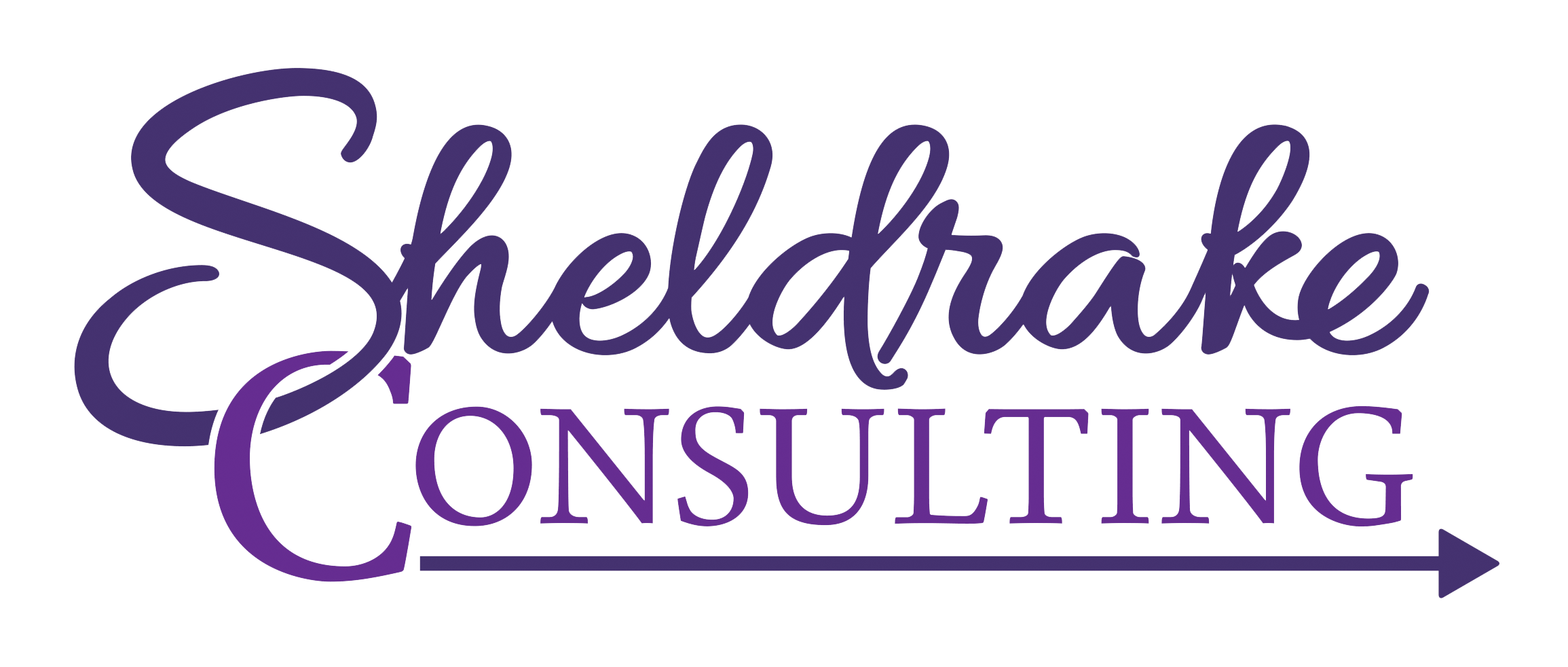Why was show and tell so cool when you were a kid? On the surface, it’s an awkward process. Bring in a (seemingly) random thing and stand in front of the room and talk about it. The chosen item was usually something unique to you or your family. A gift you just received, or something you had saved or waited for. Not a slinky. Everyone had a slinky. You saved your prized possession for show-and-tell.
Show and tell was cool because the spotlight was yours. For a full five minutes, you were the center of attention. All eyes and ears were focused on you while your friends stared with a mix of awe and jealousy. Then, when you were done showing your object, the teacher picked people to ask you questions so you could tell about it. Telling was your chance to show off. And you were ready. You knew that item inside and out. Who made it, who gave it to you, why it was special, why it was yours.
Cover letters, resumes, and interviews are grown-up versions of show and tell. They’re your chance to have all eyes on you and share your unique story. One mistake I see clients making is that they show but don’t tell. Their documents are too general and read like repeats of their job description. This is a wasted opportunity. You need to show the scope of your experience and skills by telling the reader what you did (action) and what you achieved (results). Cover letters are where you make your pitch. Resumes are the data that back up your pitch. And interviews are meetings where you translate your experience to the role you are seeking: “I can do this for you, because I’ve done it before, and let me tell you how.”
It’s okay to show off a bit. Because, it’s not bragging, it’s data. Don’t be humble, be proud. Your story is the prized possession that you’re bringing to the front of the class and it’s your job to show it and tell it.

